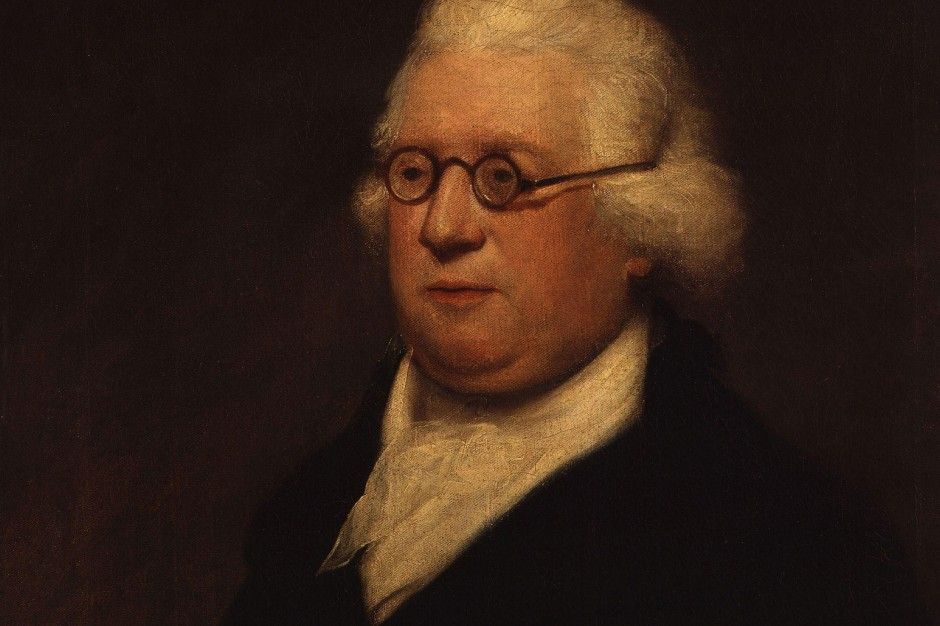meatthesavages.com – The evolution of eyeglasses is a fascinating journey that mirrors the advancement of human knowledge and technology. From their humble beginnings to the sophisticated designs of today, glasses have transformed the way we see the world. This article delves into the history of glasses, highlighting key developments and innovations that have shaped their evolution.
The Origins of Vision Correction
The quest to correct vision can be traced back to ancient civilizations. The first known use of lenses dates back to the ancient Egyptians and Greeks, who used polished crystals and gemstones to magnify objects. However, it was in the 13th century that eyeglasses as we recognize them today began to take shape.
The Birth of Eyeglasses
The invention of the first wearable eyeglasses is credited to the Italians in the late 1200s. These early glasses consisted of two magnifying glasses (convex lenses) set into wooden or metal frames held together by a bridge. They were primarily used by monks and scholars to aid in reading and were balanced on the nose or held in place by hand.
Advancements in Lens Technology
The 15th century saw significant advancements with the introduction of concave lenses, which corrected nearsightedness. The development of the printing press during this period led to an increase in literacy, further driving the demand for eyeglasses. By the 16th century, glasses were becoming more widely available and were being crafted with precision for specific vision problems.
The Renaissance of Eyewear Design
The 17th and 18th centuries marked a period of innovation in eyewear design. The creation of bifocals by Benjamin Franklin in the late 1700s was a significant milestone, allowing users to see both near and far without changing glasses. Around the same time, advancements in metallurgy allowed for the production of lighter and more durable frame materials.
The Industrial Revolution and Mass Production
The Industrial Revolution of the 19th century brought about mass production techniques that made glasses more affordable and accessible. The introduction of adjustable nose pads and temples improved comfort and fit, leading to the development of standardized frame sizes and styles.
The 20th Century: Aesthetic and Functional Innovation
The 20th century saw glasses become a fashion statement as well as a functional necessity. The use of plastic materials allowed for a range of colors and styles, while technological advancements in lens manufacturing introduced anti-reflective coatings and UV protection. The development of contact lenses and laser eye surgery also provided alternatives to traditional glasses.
The Digital Age and Smart Glasses
Today, glasses continue to evolve with the integration of digital technology. Smart glasses, equipped with augmented reality features and connectivity, represent the future of eyewear. These innovations promise to enhance not only vision correction but also the way we interact with the digital world.
Conclusion
The history of glasses is a testament to human ingenuity and the relentless pursuit of improved vision. From simple magnifying lenses to sophisticated smart eyewear, glasses have continually adapted to meet the changing needs of society. As we look to the future, the possibilities for further advancements in eyewear technology are endless, promising even clearer vision for generations to come.
